|
CHEF Z is inspired by Baker, Don Guerra... Read on! Tucson, Arizona is home to one of the most incredibly unique environments in The United States, perhaps even the world. Nestled in the middle of the Sonoran Desert, a 125,000 (+/-) square mile ecosystem that is thought to have some of the greatest species diversity in North America. From cacti to conifers, Gila monsters to Pigmy owls, it’s said that this landscape rivals any other terrestrial eco-region on planet earth. It’s for these very reasons, and many more, that people visit Tucson from around the world. Similar to the incredibly variable plants and animals that exist amongst the Santa Rita and Santa Catalina Mountains, the humans who inhabit this beautiful settlement expose a different kind of life. In what was a long forgotten college town, with a dusty, old western vibe; Tucson has grown from within. Boasting what is an incredibly dedicated and passionate community of artists, musicians, entrepreneurs, athletes, famers, ranchers, brewer’s and vintner’s. This “old west,” even “dock holiday” esque city is pioneering a beautiful collective founded on community supported agriculture (CSA) and the science behind crafty foods, beverages and collaborative business projects. We’re setting the stage in this way in order to introduce you to someone who is as diverse as his landscape; however so unique, he is defined by science. Don Guerra, Founder of Tucson’s own Barrio Bread. Don uses bread to tell a story, similar to a painter, using watercolor or acrylic to recreate what he/she see’s in the field. Following a traditional recipe of yeast fermentation, Don bakes the way bread was baked before machines ran assembly lines. His hands are covered in flour as he grabs a large piece of canvas that will protect rising baguettes as they set, waiting for the Wednesday afternoon Tucson Farmers Market, located in the Historic “Y” (300 E. University Blvd, Suite 146 Tucson, AZ 85705.) With bread as his medium, Don creatively rolls on (no pun intended,) calling his venture a “community supported baker.” Orders are placed in advance of Tucson area farmer’s Market’s, lowering his bakery’s carbon footprint and almost negating any spoilage whatsoever. “Barrio Bread is my craft bakery specializing in breads that are prepared using the ancient sourdough methods of slow fermentation, hearth baking, and local grains, to create a truly inspired loaf.” -Barrio Bread. This process of “slow fermentation” is nothing new and actually one of the most nutritious forms of foods we can eat. Why? You might ask. What is this craze with “gluten,” and why is it considered bad? We will not make assumptions about anyone’s choice to eat what they choose. However, when you do a little research into the history of gluten intolerance and Celiac Disease in our culture, there is little to read prior to the boom in America, following World War II and the onset of the Industrial Revolution. With an increase in population and financial stability in America at that time, efforts were put towards the growth in building a stronger economy and support for our Nations people. This resulted in a general move away from traditional ways of preparing foods, amongst many others. This shift greatly improved our lives, however has increasingly challenged our culture from a very basic health and wellness perspective. Simply put, “slow fermentation” increases digestion in our bodies by fundamentally breaking down proteins (gluten) into amino acids. The building blocks of life, amino acids are essential for every metabolic process in our bodies. For athletes, the transport of nutrients to the body’s organisms, muscles and tissue, is the most important aspect of a nutrient rich diet. An athletes ability to better transport and optimally store the bodies water, fats, carbs, proteins, vitamins and minerals, not only supports your efforts in achieving your goals, it will ensure you feel your best before, during and after your hardest workouts. “This is why some who have a gluten sensitivity can tolerate sourdough wheat breads. Like all other fermentation processes, the bacteria present in the sourdough starter eat the starch and sugars present in the grain. This results in a lower carbohydrate content of the bread, which is helpful for keeping blood sugar levels regulated. It also increases the vitamin and mineral content of the grain.” -Barrio Bread. Industrial food companies can’t necessarily state that their products benefit the flora of your intestinal system in any way. In today’s culture, simplicity is at the center of the food industry. How do we make food as simple as possible, negating the connection and need for an individual to schedule more time in order to eat. Long story short, their products must be able to withstand a much longer shelf life than a product baked, by hand at Barrio Bread for instance. Consider the fact that a loaf of bread, established under a traditional recipe, using a slow fermented style is a living organism. The natural yeasts used to create such bread, provide the enzymes needed to break down or “predigest” the grain before the end user consumes it. This process is why “Levain” bread is so popular and can be a key component to the health and wellness of humans. This is especially the case for athletes and those who choose to entertain themselves in endurance sports. “The lactic acid in the bread creates a mild tang and predigests the grain for you. The acetic acid produced during the sourdough process helps the bread to store longer and inhibits the growth of molds. You will rarely see mold on Barrio Bread, but of course, it won’t be around for too long anyway! The bacteria present in the sourdough culture/levain help to activate phytase, an enzyme that breaks down an anti-nutrient present in grains, beans, and seeds called phytic acid. This acid is known to strip your body of vitamins and minerals and can be hard on your digestion.” –Barrio Bread. Hungry? Don’t be fooled by any loaf of bread, marketing the fact that heritage grains were used and a slow fermentation process was considered during baking. These kinds of practices take time and must be found. Just as you might know your farmer or rancher, it is becoming increasingly more useful and popular to become friends with your local baker. This is why I am introducing you to Don Guerra and Barrio Bread. More importantly, The Cyclist’s Menu chooses to find the best foods possible in every location we visit to ride our bikes and engage with a local culture. As we travel we consider this, our mission: “Connecting people directly to the food and land in beautiful places.” Barrio Bread is a key component of this mission each week we spend in Tucson/Patagonia, AZ, during the winter months. At The Cyclist’s Menu, it’s no longer just about riding our bikes. What we stand for is a more cohesive connection to the land and those who maintain it. Food is the framework for athlete’s, its what keeps up going and able to do what we love. In this attempt to connect our guests, deeper to the places they visit with us, we hope they return home, in part, a new person and a more diverse athlete. We feel so strongly about this, that it seems only natural for us to purchase our products from those who operate in a similar fashion. How does Don Guerra accomplish these goals? A better question would be, Is Don Guerra doing anything but accomplishing these goals? During the months of January, February and March, the majority of our country is under a thick blanket of snow. Not Southern Arizona. Heralded for its superior winter climate, the agricultural season thrives during these months, allowing us to source about 75% of our menu’s products from within a 125-mile radius. When you consider the fact that we offer culinary experiences that expose our guests to the cuisines of Ecuador, Chile, Spain, Italy, Germany and Vietnam to name a few; a 75% local menu provides a reason in and of itself to visit Arizona and adventure by bike with us this winter! What’s most important about these numbers, is the fact that Barrio Bread currently sources and maintains 65% of the heritage grains Don bakes with, from just north of Tucson’s rustic downtown. With an immense care for this desert ecosystem, Don knew he couldn’t achieve this alone. So, he visited with regional grain farmers and shared with them his vision for a more diverse and locally minded set of grains, suitable for the harsh climate, year round in the Sonoran Desert. What they found was that heritage grains were more apt to grow in this environment, due to their structure and varietal strength.
“I will also be able to continue my work with farmers, scientists, and food producers to ensure that we have a viable and healthy grain economy. Using local flours, reduces the carbon footprint of my loaves, invigorates our local economy, and requires my personal investment. Additionally, I will be able to focus on local education and my Bread Without Borders project.” -Barrio Bread. Delivered to his bakery in 5 gallon buckets, Don goes to work, milling and turning his local grains into flour. Don invited us into his bakery last January, as we planned for the 2016 winter cycling camp season. With guests traveling from around the country, we knew we wanted to tell Don’s story. It was a key aspect of each day, as we toasted his cranberry, walnut levain loaf for breakfast or made hot Panini sandwiches at the base of Mt. Lemmon, on rustic pain epi; crispy bread shaped into a wheat stalk. Our clients felt this connection to Barrio Bread, as the soft inside and crusty edges picked up sauce from an Italian farmhouse style meatball dish or melded with brie cheese, apricot preserve and arugula, on a windy day in the Catalina Mountains. It’s these moments that tell our story, as we dine, ride and enjoy the cultural beauty of places like Tucson. Its these moments why we visit beautiful places to ride our bikes and feel rooted in a place we may have otherwise never had the chance to do so. Let’s break bread and ride!
0 Comments
Leave a Reply. |
AuthorCHEF Z & COACH HR Archives
June 2022
Categories |
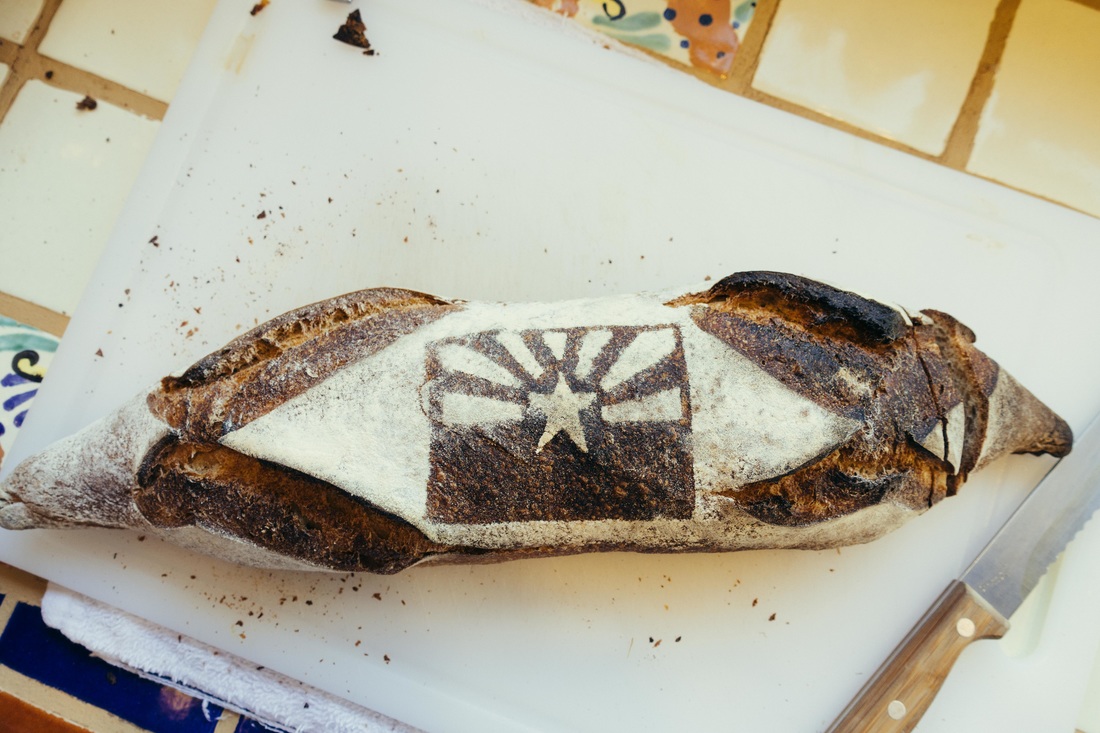
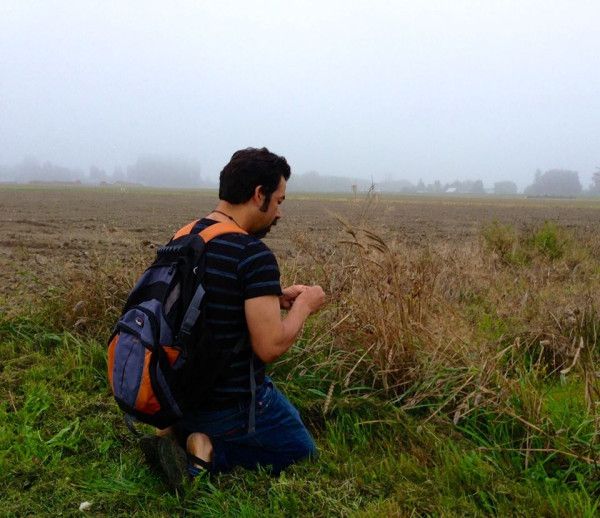
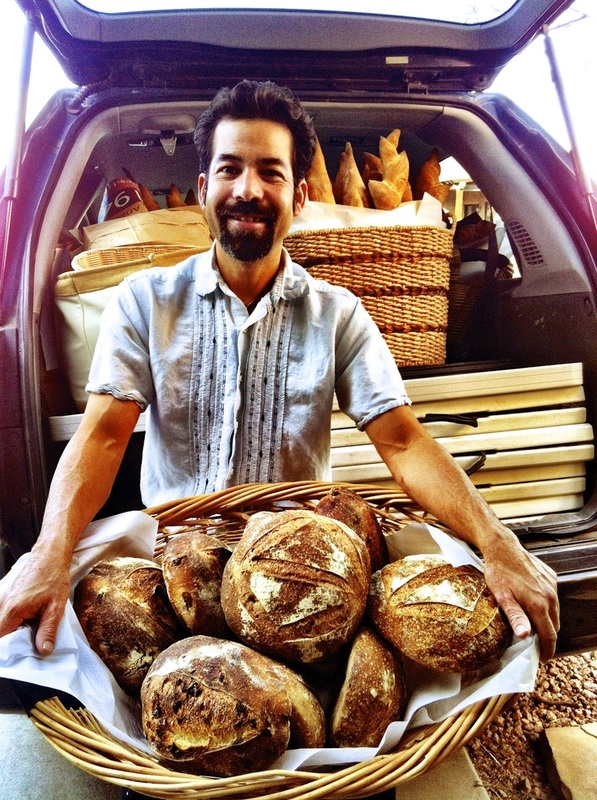
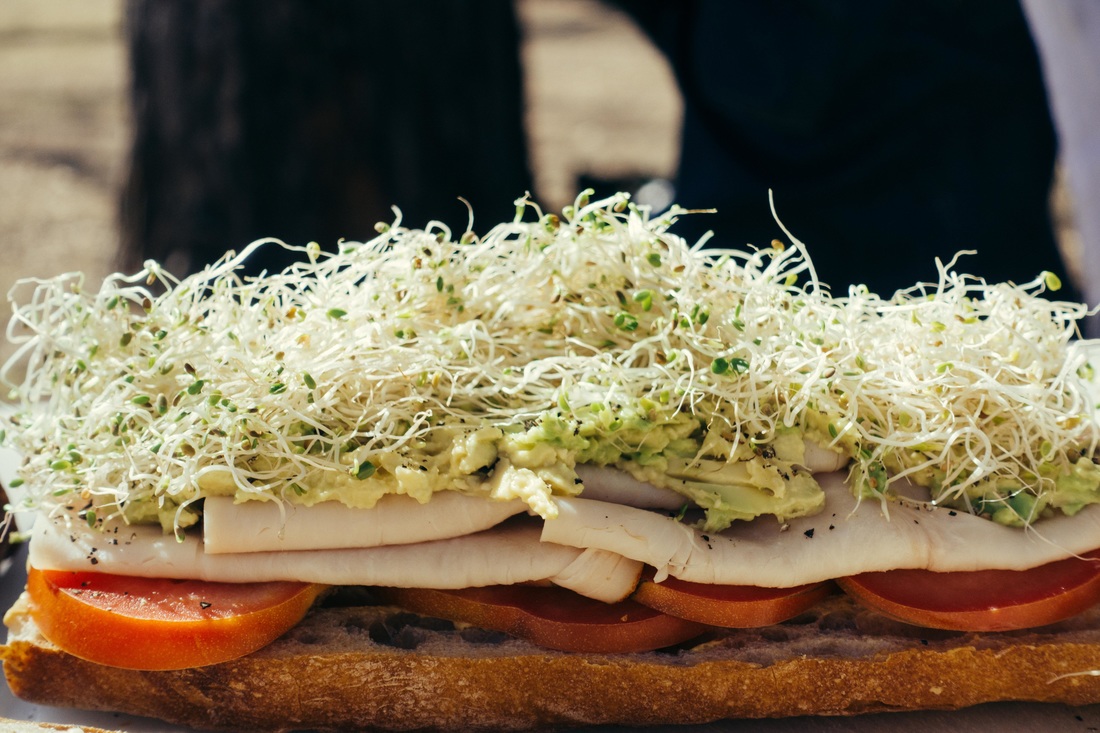
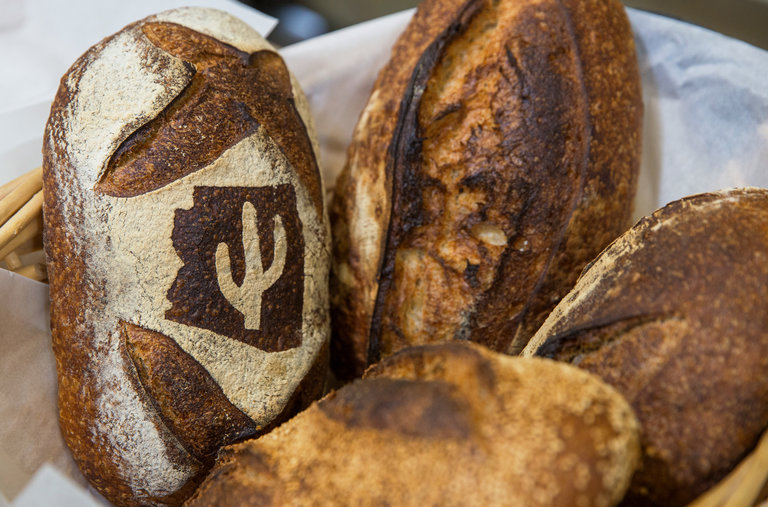
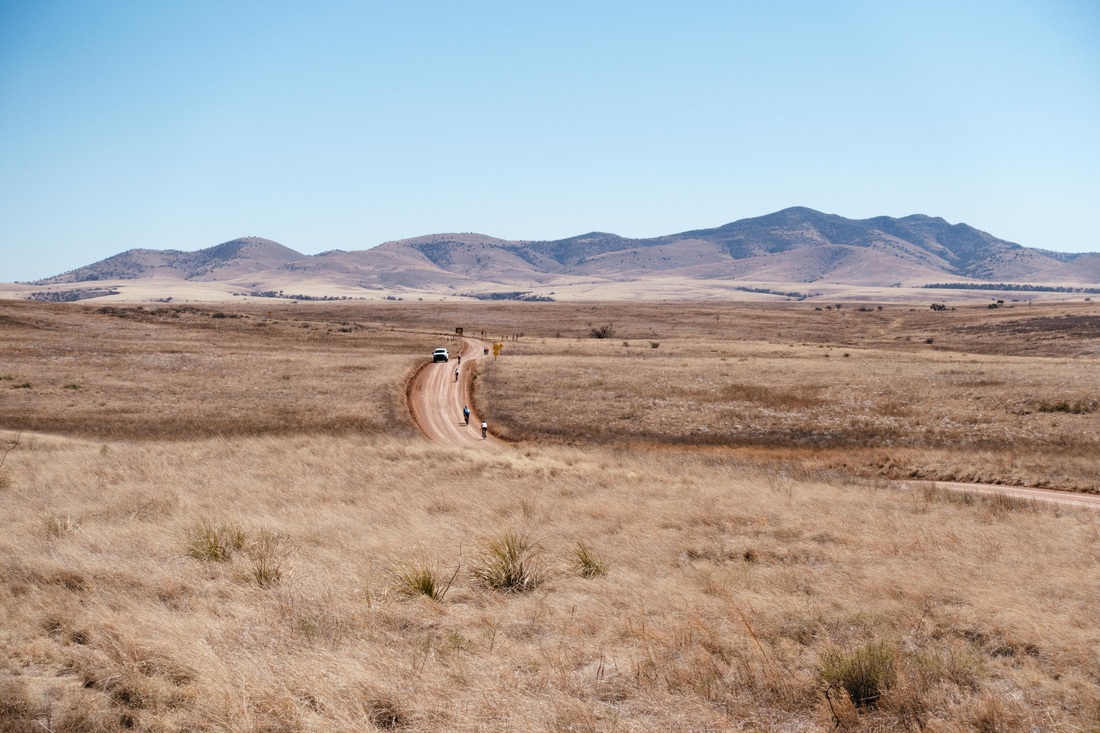
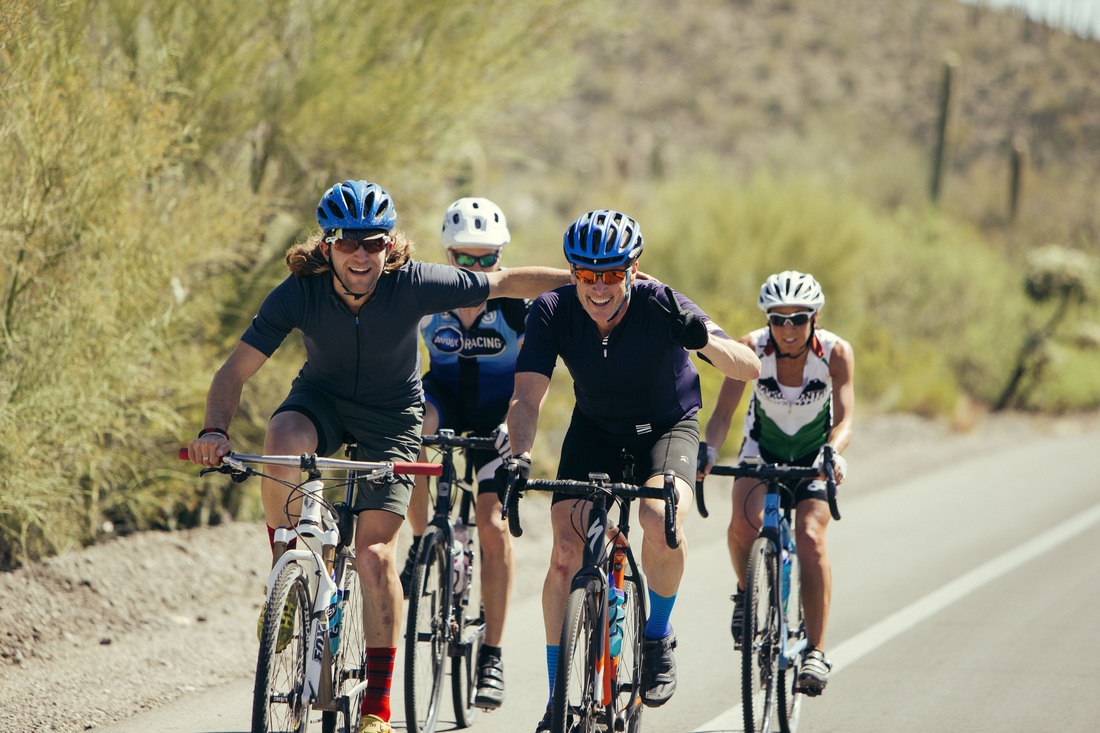
 RSS Feed
RSS Feed